10 Confusing & Popular Vegan Ingredients Explained
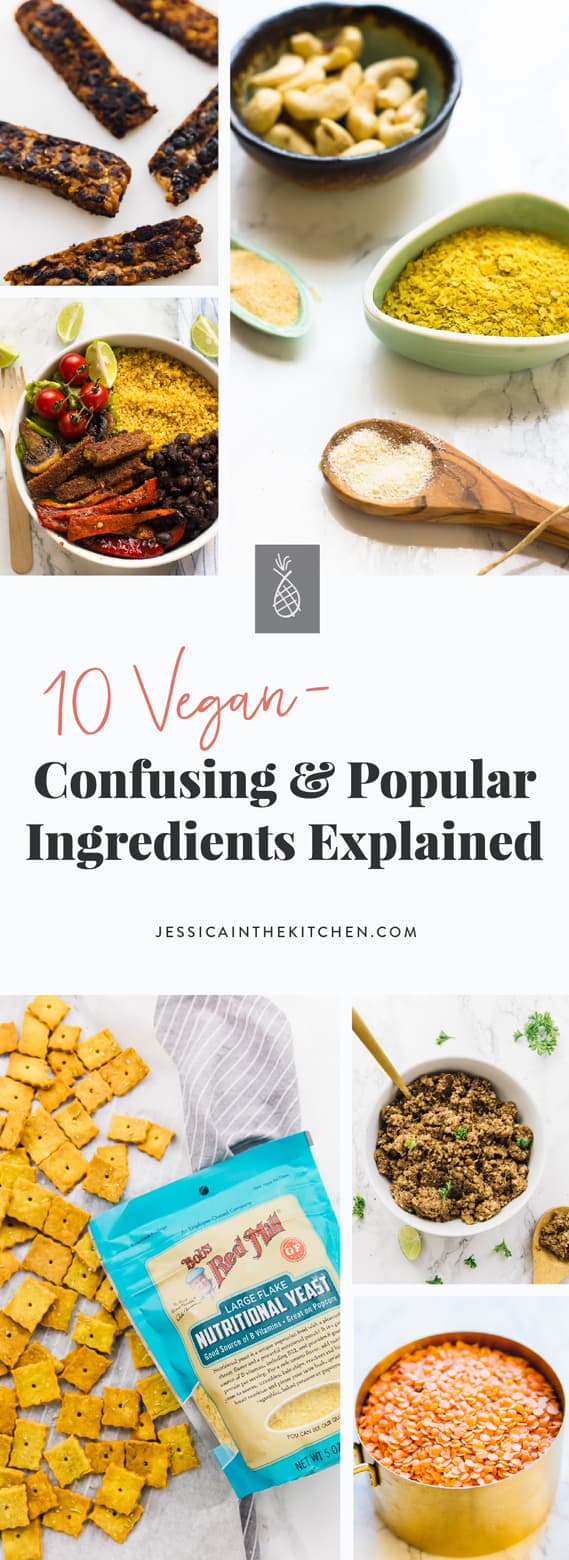
I’m sure from the title of this post that you probably already know it’s about to be a really helpful read. After being a vegetarian, then a vegan food blogger for over four years, I’ve learned quite a few things. The joys of finding the CORRECT tofu (post on that coming later). The happy tears from discovering nooch. The happy dance from Gav and I when making seitan for the first time at home. The kick that miso gives me. The brine that tempeh is able to absorb and how beautiful it is in a vegan BLT.
Okay – what are these ingredients I’m talking about and can I explain them already?!
After explaining it one by one over and over to so many of you guys, I wanted to take the time to write a post explaining them all. Trust me, the names may be uncertain and a bit different (seitan? Wait what?) but the tastes are so welcome. Here’s a helpful guide on the 10 most popular confusing vegan ingredients explained!
Tempeh
Nutritional Yeast
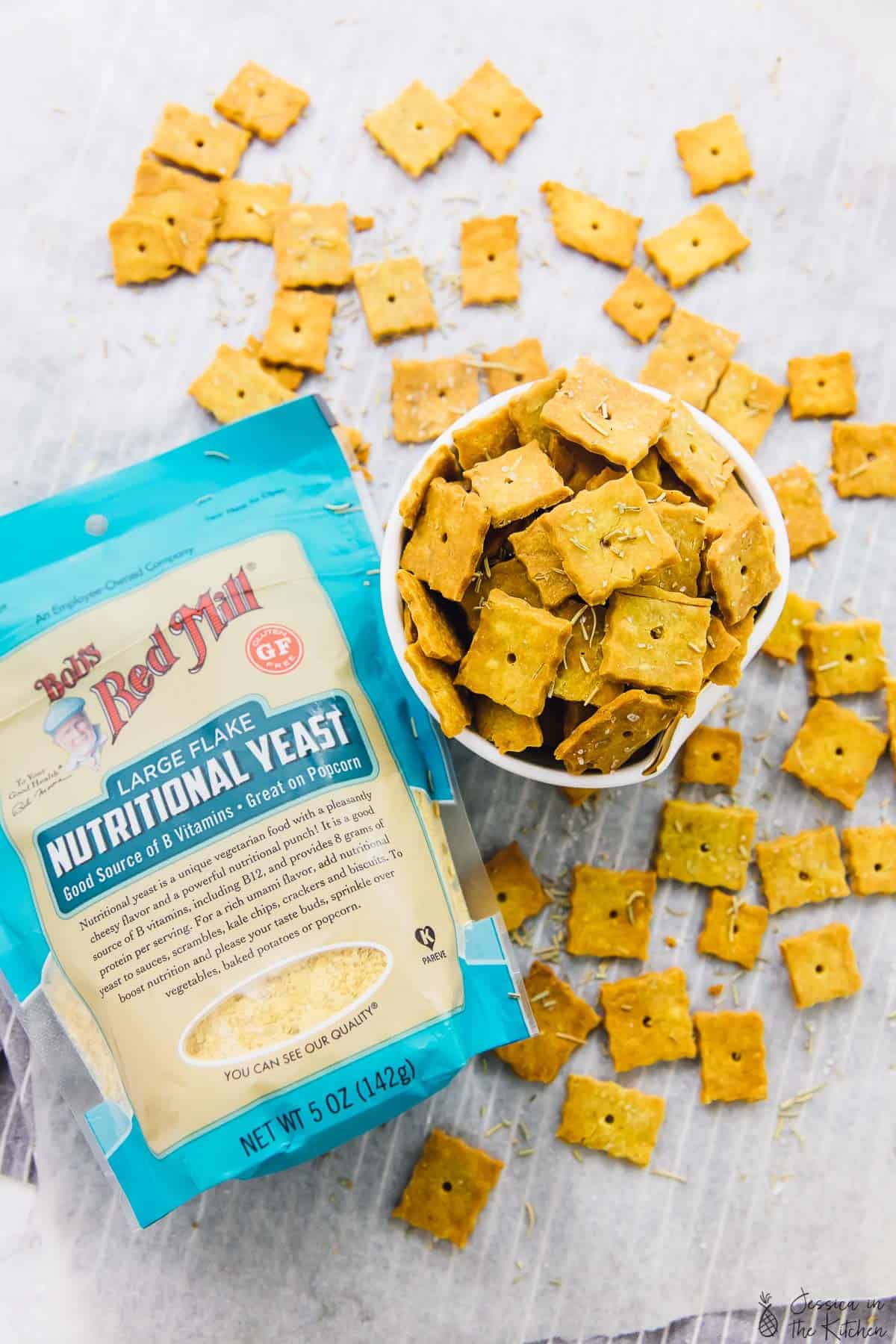
Jackfruit
Jackfruit is near and dear to my heart because I’ve known about it way before it became a popularised meat substitute. Growing up on two Caribbean islands meant seeing it everywhere, especially in Jamaica. Jackfruit is the largest tree fruit in the world, and many people either love it or hate it in its ripen form. However, for recipes as meat replacements, I 100% recommend not using the fresh ripe fruit, but rather a younger green jackfruit. This eliminates the sweet flavour and gives it a more hardy texture for your dishes. It also means you don’t have to buy the large fruit to use it, which can take a lot of technique and time to properly get out of the fruit. However if you want to use it in desserts, you can definitely use the fresh fruit.
Because of it’s texture once shredded, jackfruit is often used in vegan and vegetarian recipes as a meat replacement for pulled pork. It certainly mimics the texture and can mimic the flavours too with the right type of jackfruit and seasonings. Don’t be intimidated by it! Just follow the directions of the recipe you’re using and you’ll be surprised. Like I said, starting with a jar or can of young ripe green jackfruit is a great start.
Seitan
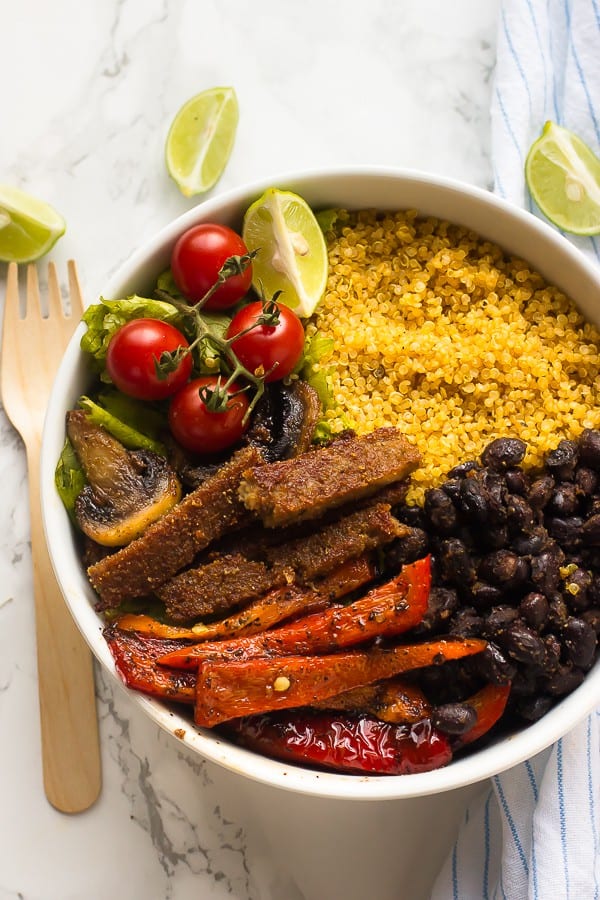
Miso
Chia Seeds
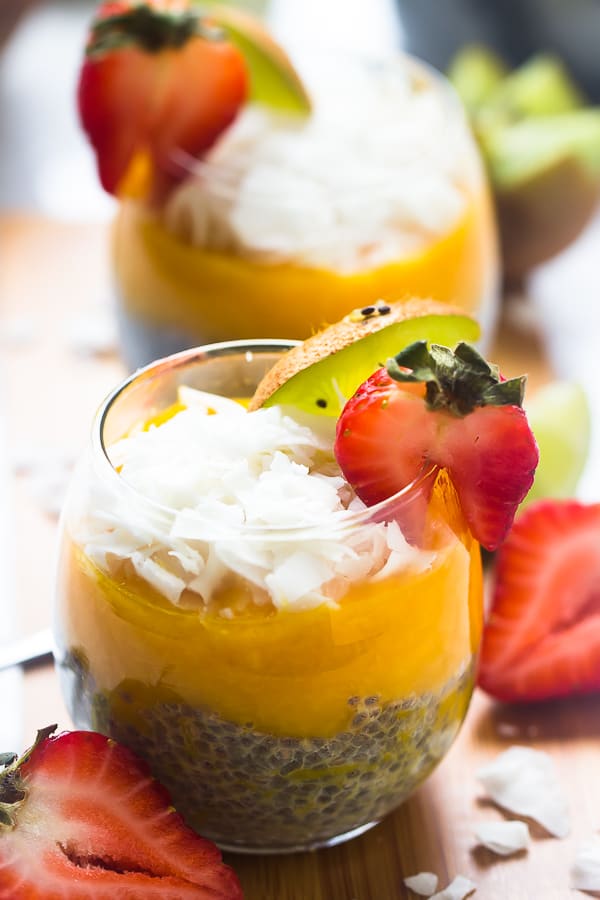
Textured Vegetable Protein aka TVP
So we haven’t actually used TVP, also known as soy meat or soya chunks, but it’s something Gavin is very interested in trying. TVP is a versatile, easily portable and nutritious soy based product that’s high in protein, contains no fat and is a popular meat alternative. Due to its lightweight properties, you can actually carry with backpacking with you! Due to its texture, it’s usually used as a sub for ground meat. So think – Tacos, meatloaf, chilli, sloppy joes etc. We were specifically thinking of using it in a vegan lasagna. It’s naturally gluten free and really great at absorbing flavours, and you can season it anyway that you want.
Lentils
I love love love lentils!! I used to avoid lentils for no good reason and now I LOVE them! They are known as a power legume due to how long they’ve been around (all the way back to 8,000 BC) and their protein content. They’re also incredibly versatile: Whether you have them plain and on top of a salad, or in a chilli, or as a meat replacer in tacos.
There are many different colours of lentils – Black, red, brown, green and yellow. The different colours are cooked for different times. So no, they aren’t very easily exchanged. If you see a recipe asking for red lentils, I definitely recommend using red lentils since you’ll have to completely adjust the cooking times and may end up with too mushy or rock hard lentils instead. In general, lentils take up to 30-40 minutes to cook.
When cooked properly, lentils are absolutely divine. They’re rich in fibre and absolutely exploding with protein, so be sure to get a bag and try them out. Here are some recipes to get you started:
One Pot Red Lentil Chili and Vegan Red Lentil Curry
Chickpea Flour
Chickpea Flour aka Garbanzo Bean Flour, is a stone ground flour made from whole garbanzo beans. If you’re a vegan or someone who doesn’t love eggs, this is a great product to always have in your home. Not only is it high in fibre and protein and a good source of iron, it’s like a magic ingredient. If you want to make a vegan quiche or vegan omelette, this is the flour for you. Not only does it beautifully mimic the colour, it also bakes up beautifully too.
It’s great for thickening up soups and sauces, a lot of meals such as adding it to falafel, socca and papadums. I would recommend starting with the recipe on the back of your bag, then using it in your own ways to get a feel for its thickness. One thing to remember: always cook it all the way through to get the right texture.
Tofu, Magic Tofu
Tofu, also known as bean curd, is on this list because tofu has SO many misconceptions that it’s insane. I’ve heard so many complaints from a lot of non-vegans and vegans alike that they hate the flavour and the texture. I can tell you this with 100% guarantee – when you cook tofu properly AND are using the correct tofu your opinion will change. I too was a non-tofu lover, but that was because I had the wrong tofu.
I’ll do a whole post on this if you like, but long story short tofu comes in many forms – soft, firm, extra firm and SILKEN. Silken also comes in soft, firm & extra firm and it is not the tofu you want to buy to be using as a meat replacement. Silken is for soups, cheesecakes and smoothies. Rather, you want regular tofu. This was the largest difference for me. Then, tofu’s flavour is not delicious. That isn’t its job though. Tofu is there as a base for you to manipulate. It needs lots of seasonings and love and it can become anything you want.
One of the things that is asked a lot in relation to tofu is whether it is “real”. Yes, it definitely is. Tofu is actually made from soy milk and there are many videos on Youtube of making it straight from soy milk at home to show that it is just as easy to make at home as many other vegan meat replacers. It’s minimally processed and has been a component in East Asian and Southeast Asian cuisines for centuries, just to show that this isn’t some recent invention. Also, tofu definitely has an expiration date (trust me, I’ve personally experienced this one)! If you don’t have any soy issues and buy it non-GMO, it is definitely something to give a try.
Here are some recipes to start you off: Crispy Cajun Fried Chicken Salad with ‘Honey’ Mustard Dressing and Vegan Butter Chicken (with Amazing Tofu)

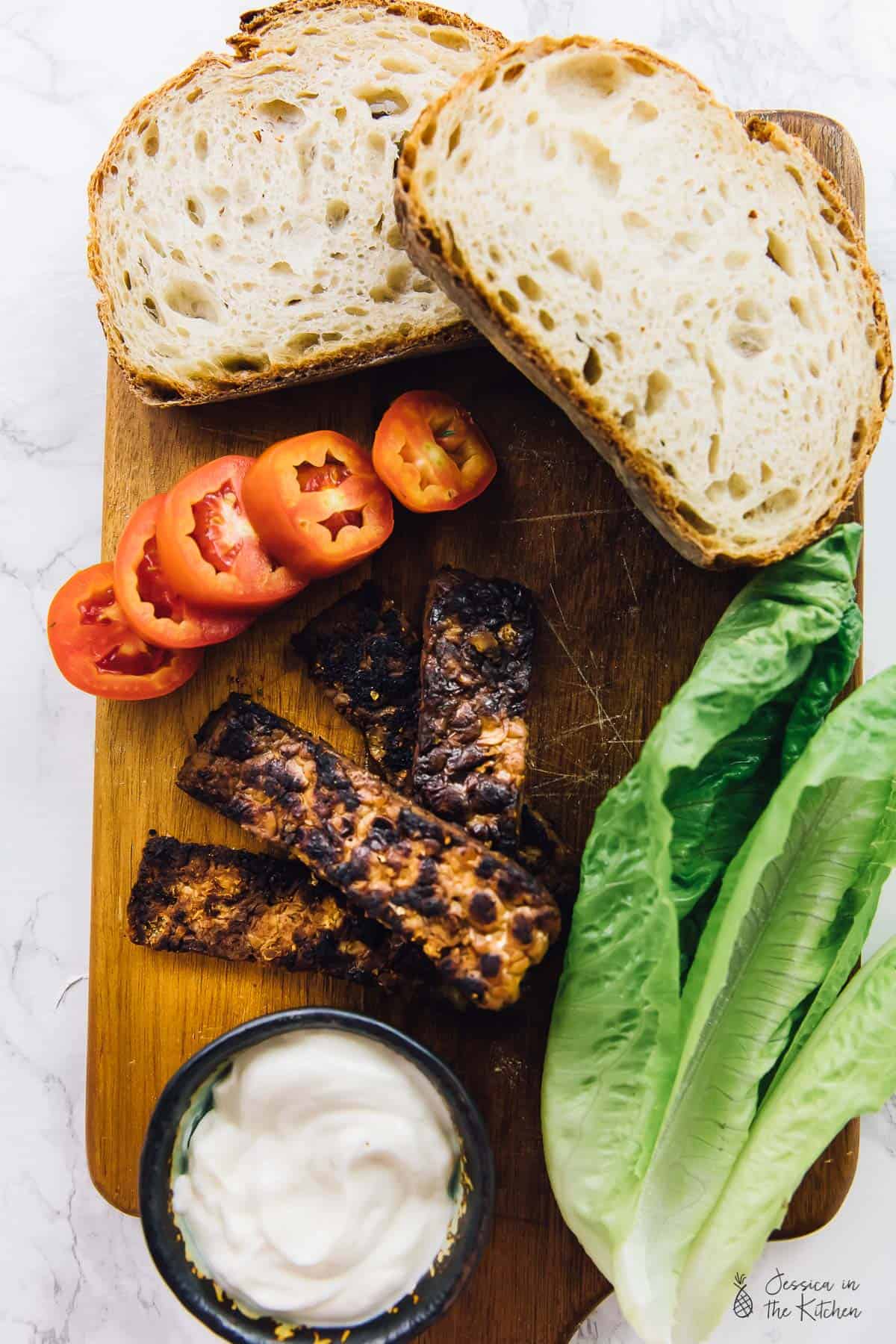
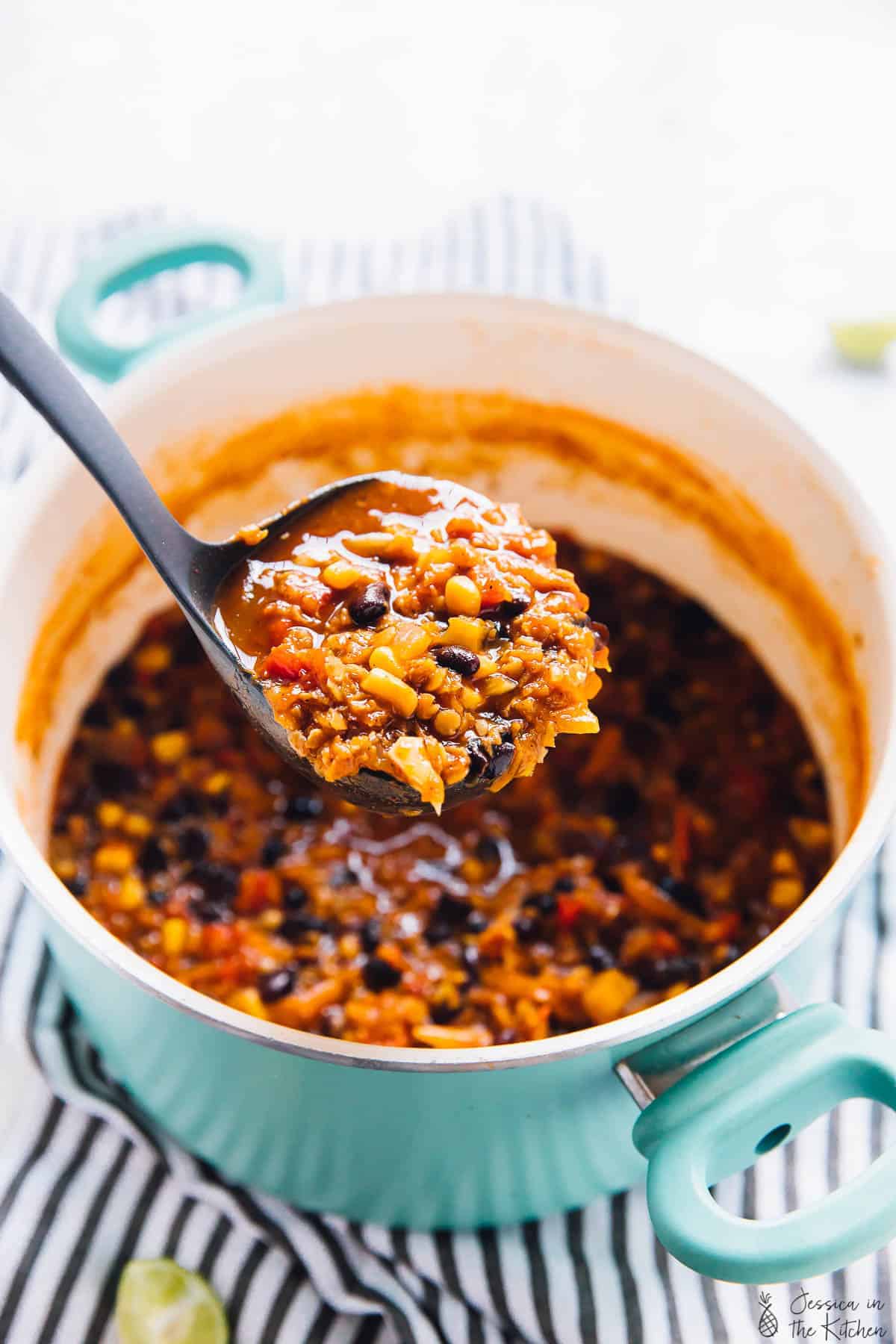
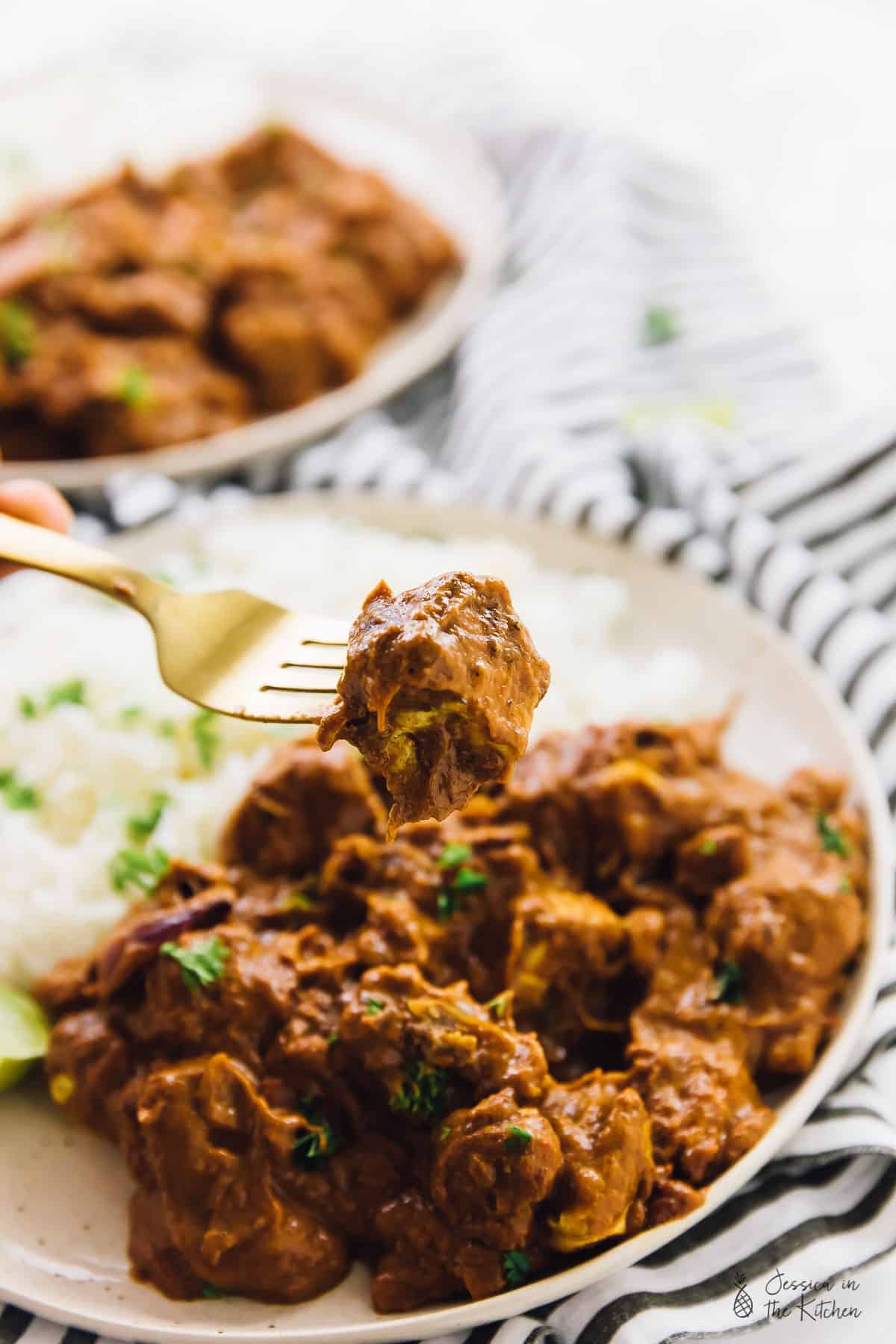


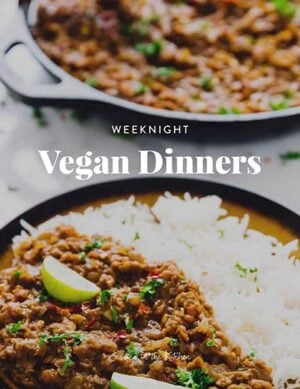
Hi Jessica,
This was an AWESOME post!!!!! Thank you 🙂
Thanks so much Stephanie!! You’re so welcome 🙂 🙂
This was great thank you! Any recommendations for a jackfruit recipe? I have two cans of green jackfruit that keep staring at me when I open my kitchen pantry. 🙂
Hi Heidi,
I don’t have any on the blog yet but will have soon! I haven’t tried any others so don’t want to recommend it to you without my testing! Don’t worry, it’ll be up very soon. 🙂
Thank you Jessica! , I’ll look forward to seeing what you come up with for the jackfruit. ☺
Great info!! I’ve eaten TVP and there is a method to making it correctly. I use it in Chili’s mainly as I’m not huge in meat replacers but it does give a nice texture to dishes. I’m always interested in learning how more and would love to see what you have to say about tofu!! I think a lot of people are afraid if it. I love it because it’s so versatile!!
Thanks so much Glorya! Love the way that you’ve been using it! I agree – I love tofu for its versatility too. Can’t wait to do that post!
TVP is a wonderful “ground beef” replacement, but beware – it doubles in size when it soaks up whatever liquid (chili, a nice taco sauce for simmering, bolognese, “beef” and barley soup, etc.). I learned this the hard way. Came home to my slow-cooker filled with dry, crunchy, and overcooked (since all the liquid was absorbed) veggie stew and had to throw the whole batch away! Glad it didn’t set fire to anything, but my slow-cooker was also toast! Trust those measurements, even if they appear “off”.
The latest trend, though, is soy curls! I bought a bag for a recipe and tried them. They’re not bad – basically they’re like TVP on steroids. You can use these for more varied recipes, and depending on how you season them up, you can have them like chicken, pork, beef, even fish if you add some crumbled up nori sheets or other kelp into a nice marinade.
It has been so wonderful to see vegan options develop over the years!!
I LOVE your recipes and would love to see what you do with TVP. Some people recommended it to me so I bought two bags, but now I have no clue what to do with it! There are fews sites that I trust for good recipes, but your’s is one I trust! Hope to see TVP in some of your recipes here 🙂
We’re so happy that you enjoyed this recipe Kristen! Thank you so much for reading and leaving such a nice comment!